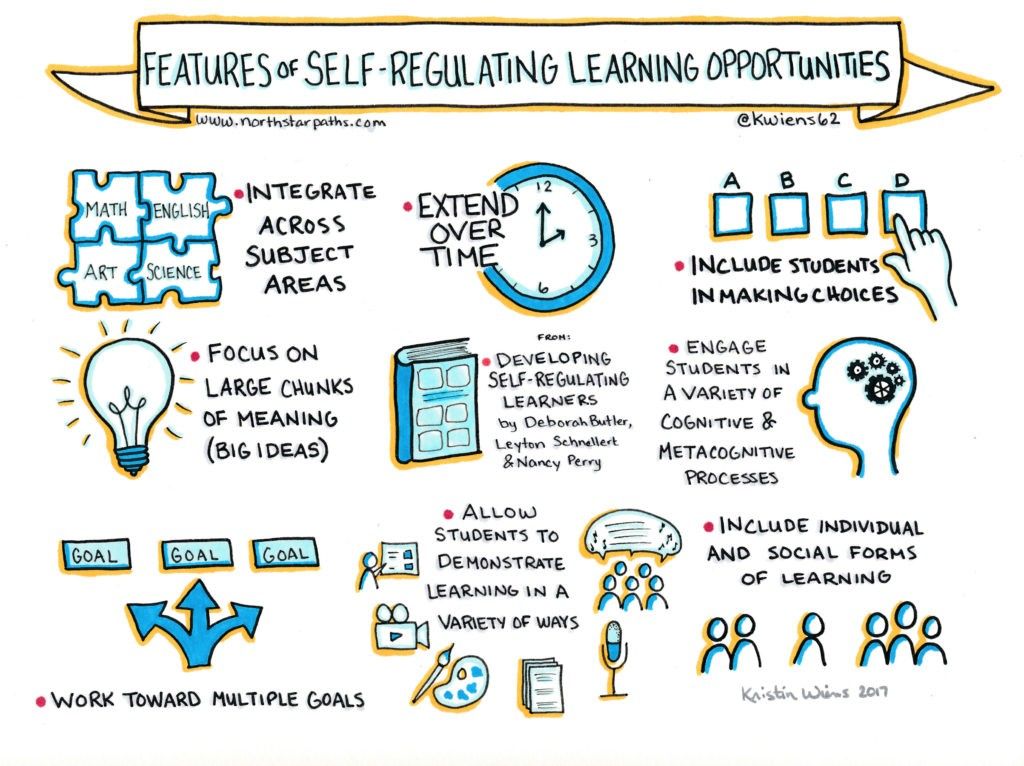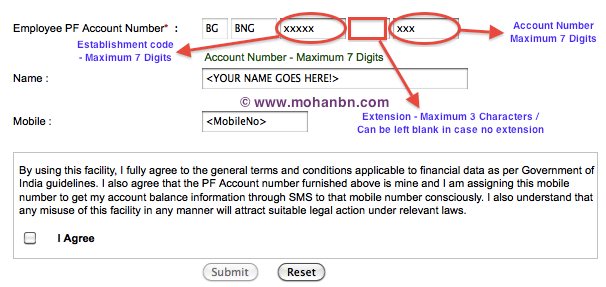How to help your child learn math
How to Help Your Child With Math
Many kids (and adults) have trouble with math. And for some people, math causes a lot of anxiety. When math is a struggle, how can you help your child get better at it?
Helping with math isn’t always easy, especially since the way they teach math is different than it used to be. But even if you’re not the best at math, there are many ways you and the school can help your child improve. Here are tips.
How to help with math at home
If you feel lost or frustrated trying to help your child with math, you’re not alone. Most parents and caregivers haven’t taken math classes in a while. And schools use new methods to teach it now. The more familiar you are with the new ways, the easier it becomes to help.
Here are some examples of “new” math problems to help you get your bearings. You can also use tips to help with tricky math homework.
Even if kids struggle with math, it doesn’t mean they’re “bad” at it. Even good math students can have a hard time with certain parts of math. Kids need different skills for different subjects, so they may need support in one or more of these skills.
Even different types of math problems within a subject can require different skills. For instance, some kids may be great with math facts but struggle with word problems.
For some kids, the biggest challenge is math anxiety. Whether or not they have trouble with math itself, they feel anxious about doing the work or taking math tests. They may doubt they’re good at math even when they are. And their fear of failure can actually get in the way of doing well.
There are lots of stress-free and fun ways to help with math at home. Here are just a few:
- Use sports, like football, to reinforce math concepts.
- Read books that build math skills in young kids.
- Play board games that help young kids build math skills.
- Cook and bake together.
There are also inexpensive tools you can use to help make math easier for your child.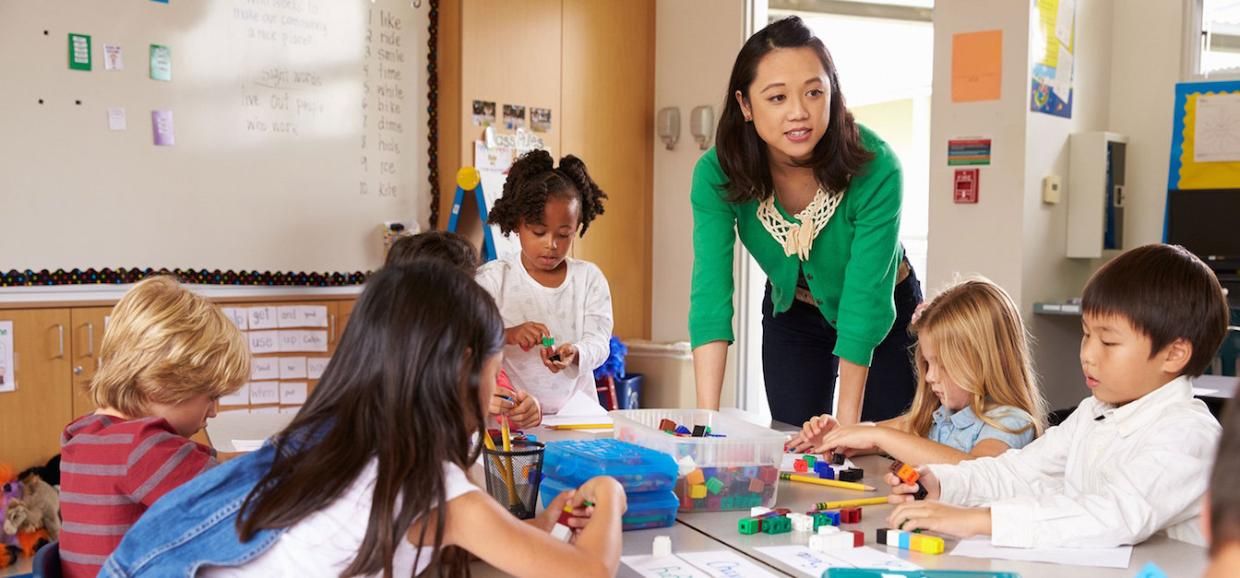
- Discover items around the house that can be used as math tools.
- Try graphic organizers for math.
Teachers have great strategies for helping kids learn math. Here are a few teacher tips to try:
- Use an anchor chart to help with multiplication.
- Use number lines to help your child compare fractions.
- Play a warm-up game to get your child ready for math homework.
A popular way to help kids learn math is by engaging various senses. Teachers use sight, hearing, touch, and movement to help kids understand what numbers and symbols mean. (Teachers use this approach with reading and writing, too.)
It can be hard for kids who struggle with math to use abstract thinking to do math problems. For example, they might have trouble understanding amounts, like the fact that 10 cents is more than five cents.
Technology can also be a great tool to help with math. There are inexpensive or even free tech tools for math, like apps, Chrome tools, and software. These programs not only help build skills. They can also reduce the challenges and frustration kids feel.
These programs not only help build skills. They can also reduce the challenges and frustration kids feel.
Frustration is a common problem for kids who struggle in school, whether it’s in math or another area. One of the best things you can do is talk about what that feels like, and share times when you’ve also felt frustrated by your own challenges. Tell your child that everyone struggles with something, and there are ways to get better at math.
How the school can help kids get better at math
When kids have trouble with math, there are lots of things schools can do to help. There are specific ways of teaching math that can help kids build skills. And schools can use supports called that make it easier for kids who are struggling.
To get this type of help from the school, you’d need to have your child evaluated. A free school evaluation can tell you exactly what your child is struggling with, so you can get and give the right type of help.
- Use this checklist of questions to ask the school about math instruction.
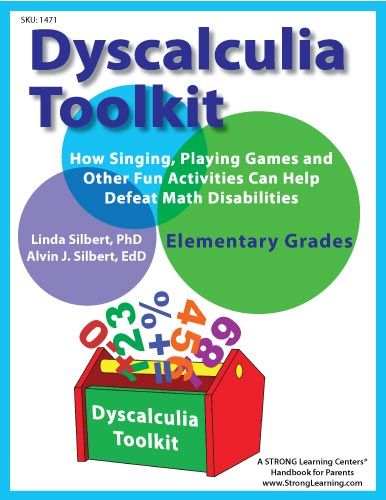
- Learn terms to know if your child has trouble with math.
Your child’s teacher is a great source of information and help, too. Ask the teacher if there are strategies that help in the classroom that you can try at home.
Working with the school can help your child develop what’s known as a growth mindset. That means kids believe their skills can improve with work and support. And learn how setting a “competence anchor” can help your child feel more confident about math.
Key takeaways
Ask your child’s teacher for tips you can try at home.
Making math fun can help kids feel less anxious.
Getting familiar with new ways of teaching math makes it easier to help your child.
7 Tips for Helping Your Child with Math at Home
If you feel lost when your child asks for help learning mathematics, you can take comfort in knowing you’re not alone. Teachers, parents, and PhD students—even biologists, chemists, and physicists—sometimes feel daunted by math. Add to that the fact that math education isn’t as static as we might like it to be. As we better understand learning and the human brain, the ways in which we teach math inevitably evolve. For many, the sorts of problems and strategies that comprise the “new math” can seem impenetrable.
Add to that the fact that math education isn’t as static as we might like it to be. As we better understand learning and the human brain, the ways in which we teach math inevitably evolve. For many, the sorts of problems and strategies that comprise the “new math” can seem impenetrable.
But fear not! There is hope with growing evidence that your reaction to math, while completely understandable, is more related to how your parents, teachers, and peers talked about it than anything related to your brain.
Ways to Help Your Kids with Math
You don't have to go from math phobic to mathematician overnight, but here are some tips to help foster the math whiz in your child.
1. Avoid saying you’re bad at math. Stay positive!
This is probably the most far-reaching tip in terms of how much it will benefit your child. If you feel inclined to say something like “It’s fine that you’re bad at math, so was I,” bite your tongue! Counterintuitive to many, research suggests that the concept of being a “math person”—or not—is a myth.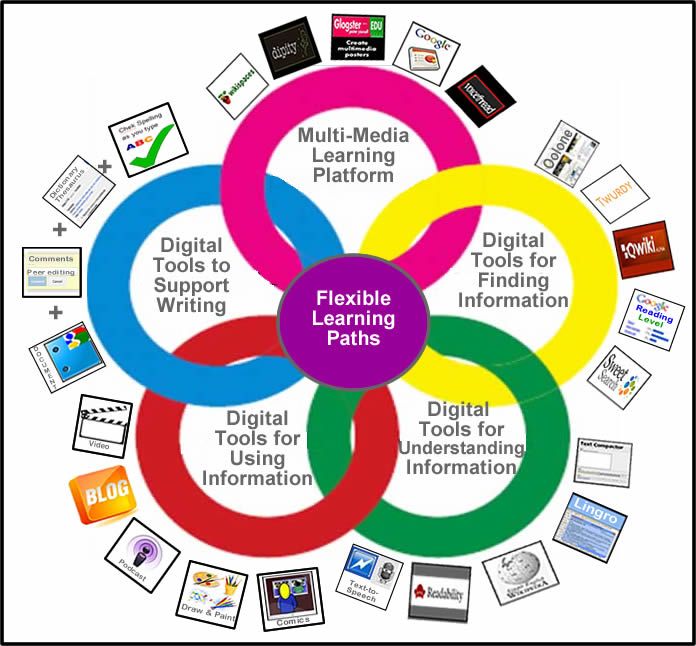 Even if that’s firmly how you feel right now, one of the best ways to avoid passing math anxiety on to your children is by steering clear of negative messages about math. Instead, try focusing on difficulty and effort by saying things like, “I understand how difficult this is for you. It was difficult for me too,” or “Don’t worry if it feels like math problems take more effort than some of your other assignments. You may not understand it yet, but I am confident we can work it out together.”
Even if that’s firmly how you feel right now, one of the best ways to avoid passing math anxiety on to your children is by steering clear of negative messages about math. Instead, try focusing on difficulty and effort by saying things like, “I understand how difficult this is for you. It was difficult for me too,” or “Don’t worry if it feels like math problems take more effort than some of your other assignments. You may not understand it yet, but I am confident we can work it out together.”
Additional Resources
- “What Does It Mean to Have a Limitless Mind” blog post (includes book excerpt)
- “Healthy Habits for a Growth Mindset in Math” blog post (includes free poster)
- Method to the Mathness podcast, Season 2, Episode 3 (“Math Positive Mindsets” featuring Dr. Carrie Cutler)
2. Talk about math.
Talking about math doesn’t have to mean making a nuanced statistical analysis or debating what equation best models a phenomenon. Talking about math can be as simple as counting clouds or guessing heights. This is especially crucial for young children who need to feel comfortable just thinking about math and seeing that it is a part of the world. Depending on the age of your child, find ways to incorporate math into any topic you’re talking about as the opportunity arises:
Talking about math can be as simple as counting clouds or guessing heights. This is especially crucial for young children who need to feel comfortable just thinking about math and seeing that it is a part of the world. Depending on the age of your child, find ways to incorporate math into any topic you’re talking about as the opportunity arises:
- How many is that? How many would I have if I had another one?
- What would half of that look like?
- How could I split this equally?
- How do you predict this trend will change over time?
- What’s the chance of that happening?
- How can you make that more abstract? (The whole purpose of mathematics is to take ideas and make them abstract!)
- How many cards will you draw?
If you don’t feel comfortable talking about math, look for other ways for math to be a part of your child's discourse and experiences. Consider watching movies and television together that feature math (for example, CBS’s former TV show Numb3rs for older students) or even simply hanging math-related posters near where your child typically studies.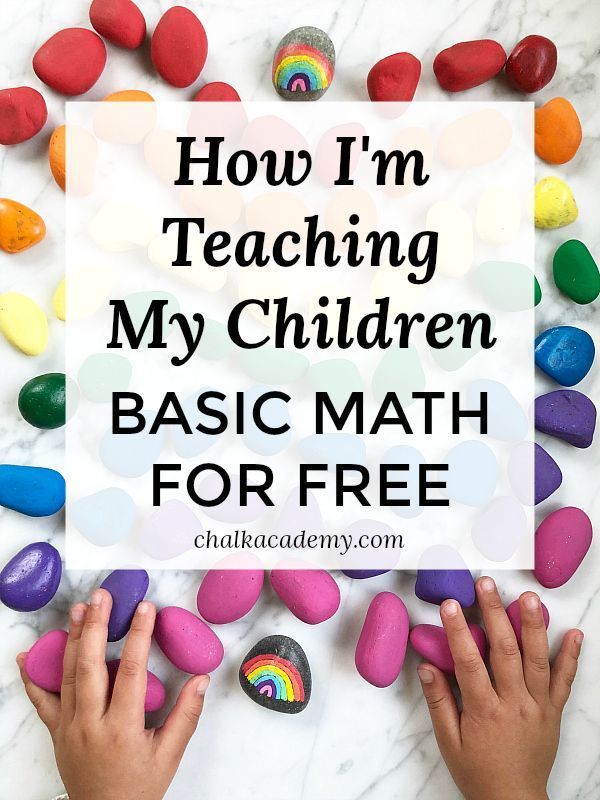
Additional Resources
- HMH Into Math Anchor Chart Posters (Grades K–8)
- Supporting the Mathematical Practices and Processes Through Questioning Poster
3. Frame this moment as a chance for kids to explore whatever math question interests them.
Most teachers must get through a particular set of standards every year. That can leave students who are curious about an unrelated part of math disappointed or frustrated because there simply isn’t enough time to explore it. Standards and assessments are important but try to free yourself from worrying about whether your kid’s question is too easy, too hard, or even part of the curriculum. Keep in mind that math can be an effective tool to approach nearly any question. If you’re tempted to answer a question with, “You should know this by now,” “That sounds way too hard,” or “That doesn’t matter,” instead direct the curious mind to the teacher or active math educators on social media.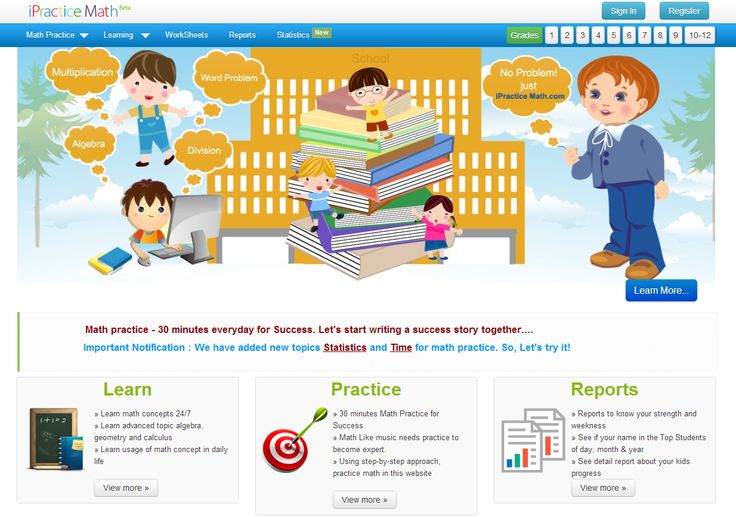 How would they approach the question?
How would they approach the question?
Moreover, connect math to what interests your child. Do they like animals? Have them explore how many animals are in a zoo, how much space they need, or how much they cost to obtain. Do they like fire trucks? Find out how heavy they are or how much water they can pump out in a minute. What about video games? Challenge them to record their scores in a table or graph.
Additional Resource
- Math at Work Web Series
4. Have your child teach you math.
Here’s a great way to learn something—teach it. Ask any teacher. Most will agree that even when it’s something “simple” that they could swear they knew inside and out, once they have to explain it to someone else, they’re forced to consolidate knowledge and try new ways of explaining it. When faced with a question that you can’t answer, explain that you're stuck too, and challenge your kids to figure it out just well enough that they can try to explain it to you.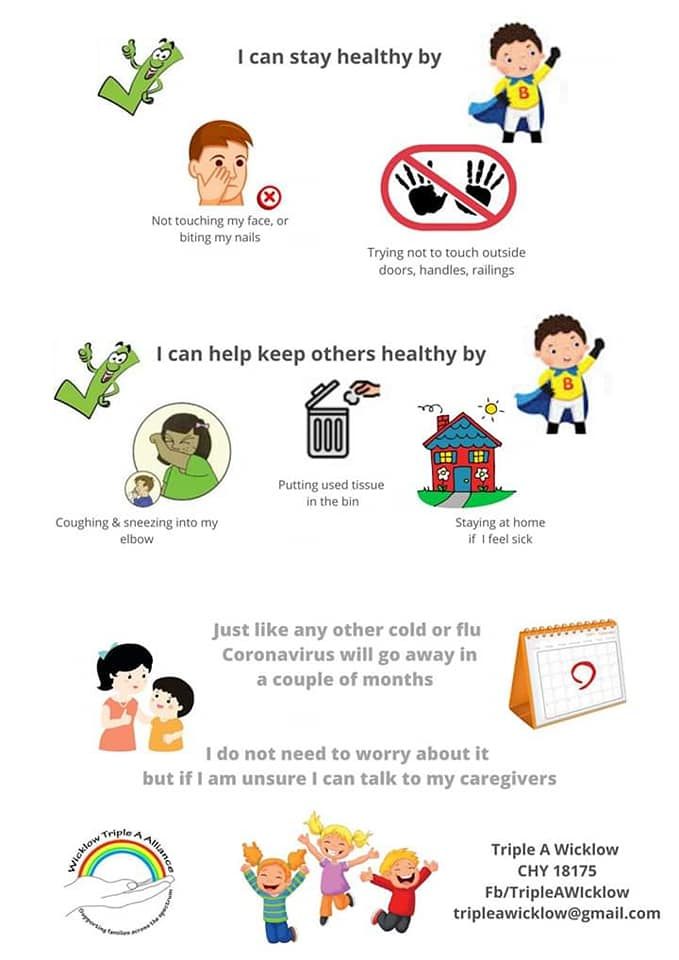 Even if they help you only a little bit, they may spark insights that allow you to finish where they left off.
Even if they help you only a little bit, they may spark insights that allow you to finish where they left off.
5. Try the new math.
If the thought of “new math” intimidates you, it's understandable. How is it your third grader is taking home math problems that stump you?! Rest assured, the “new math” is no different from the “old math.” If you double 15, you still get 30. If you multiply 6 and 3, you still get 18. It’s not that multiplication, division, and fractions have radically changed; it’s just that we now have better tools for explaining them.
One major source of contention is how multiplication that previously took just a few lines to work through now involve seemingly endless equations and diagrams. However, it's important to note that students are learning fundamental strategies that let them conceive of 6 × 3 in a way that extends to 60 × 30, 1/6 × 1/3, and 0.6 × 3,000,000. This way, they will be able to group the concept of multiplication deeply enough to lean on whatever method helps them, even the quick algorithms you might be more used to.
Instead of saying, “This is way too hard and confusing,” show the method you use as just another strategy. For example, “I've never seen multiplication this way before. Here's the method I would use. Now let's try to learn this other method together. It's hard for both of us!”
Additional Resources
- Math in Focus Grade 4 Heuristics Poster (Guidance on strategies you can try)
6. Do away with “drill and kill.”
Those of us who remember sheets full of multiplication problems to be solved quickly might have a skewed view of what it truly means to master math. Evidence suggests this is why you’re probably wary of math in the first place!
Yes, there are standards, benchmarks, and state assessments. However, those are not what make up math. The deep, multifaceted tool that is mathematics is very different from the blunt hammer that is fast arithmetic. Look for activities and projects where math is only part of the challenge. Or look for games and puzzles where math is a code to be cracked or a grid to be solved. Count beats in music, and look for addition and multiplication in dance steps. Math should be active and playful, not worksheets of sterile and monotonous problems.
Or look for games and puzzles where math is a code to be cracked or a grid to be solved. Count beats in music, and look for addition and multiplication in dance steps. Math should be active and playful, not worksheets of sterile and monotonous problems.
Additional Resources
- Method to the Mathness podcast, Season 2, Episode 1 (“Cathy Seeley, Tasks, Tests, and Teamwork”)
- The Giant Sculpture Gallery: A Math Puzzle (Grades 5+)
- HMH's Pinterest Math Hub
7. Take it slow.
One final word of advice. The same tools you might use to solve any problem apply here. Take breaks. Try a different way. Ask someone else. Everyone’s pace for learning math is slightly different. Consider the story of Andrew Wiles. Fermat's Last Theorem was a math problem proposed in 1637 that anyone familiar with exponents could understand, and mathematicians at the time thought would be easy to solve. Here is one way to state the problem:
Consider the list of all numbers raised to the 2nd, 3rd, 4th, etc. powers:
powers:
- 2nd power: 1, 4, 9, 16, 25, 36,...
- 3rd power: 1, 8, 27, 64, 125, 216,...
- 4th power: 1, 16, 81, 216, 625, 1,296,...
- And so on
It is possible to find two numbers on the “2nd power” list that add to each other, for example 9 + 16 = 25. However, is it possible to find two numbers that add to each other in any other list?
British mathematician Andrew Wiles was fascinated by the problem as a child, and as an adult, was determined to solve it. He labored over it for six years until rocking the mathematical world with a solution that was over three centuries in the making. Learning math is most definitely not a race to the finish line.
* * *
Browse our full library of free teaching and learning resources to help children learn while they’re away from school.
Related Reading-
Aoife Dempsey
Senior Vice President Product Management, HMH -
Rebecca Feinstein
Learning Experience Designer III, Supplemental & Intervention Solutions.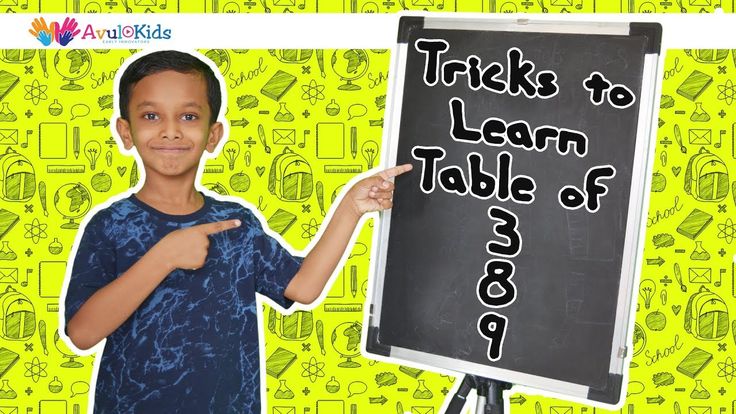
HMH Staff
-
Noelle Morris
Senior Director Community Engagement, HMH; Host of HMH Learning Moments: Teachers in America Podcast
How to help a child with mathematics
Why do children not like mathematics? Because she's complicated. It's not easy to teach a child math, figure out how to solve equations, or convert fractions to decimals. While developing math skills, the child has to solve complex problems.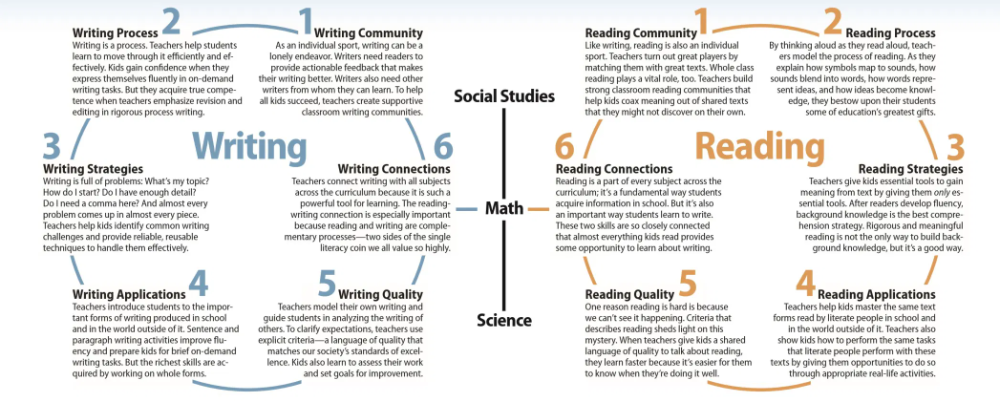 And if we take into account that only he will understand one topic, another no less difficult one appears after it, then it becomes clear why children do not understand mathematics. What to do?
And if we take into account that only he will understand one topic, another no less difficult one appears after it, then it becomes clear why children do not understand mathematics. What to do?
What children learn when they learn math
If you ask a child the question “Why study math?”, in most cases he will answer: “To go to the store, to be able to count money, etc.”. Many adults will respond the same way. Does the study of mathematics really have such a prosaic meaning? Let's figure it out. After all, this is the reason why the child does not understand mathematics. Ability to reason logically and think critically. Mathematically savvy children are able to solve not only mathematical, but also life problems. They are logical, consistent, able to see what does not lie on the surface. In addition, mathematics develops an extremely important and demanded skill in our time - critical thinking. Here is an argument in favor of how important it is to love mathematics.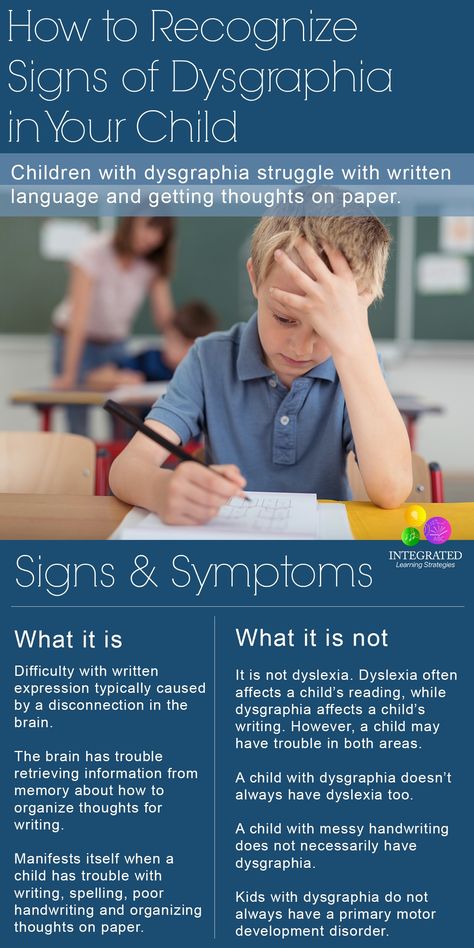
Good memory.
From the very first days of studying mathematics, we remember something, we keep it in our minds. A good memory is the key to successful learning in all subjects. Therefore, understanding how to teach mathematics miraculously affects all studies.
Willpower.
Patience, perseverance, excitement, bringing things to the end - all this is developed by mathematics. After all, it is so interesting to get to the point, to solve a complex example, to cope with a task.
Real life application.
Often children do not understand how to apply school knowledge in life, so they lose motivation. Mathematics is found in many everyday moments: from a banal trip to the store to the opportunity to help dad figure out the navigator.
Why a child does not understand mathematics
It is important not only to know mathematical rules, but also to be able to apply them in practice, to use what has already been learned to gain new knowledge. But sometimes difficulties arise and the question is how to explain mathematics to a child. We tell you what schoolchildren usually “stumble” on in mathematics.
But sometimes difficulties arise and the question is how to explain mathematics to a child. We tell you what schoolchildren usually “stumble” on in mathematics.
1. The child is in a hurry
The child tries to do everything as quickly as possible. But it turns out to be a “blunder”: he confuses signs, incorrectly formats examples, incorrectly opens brackets. And in mathematics, one mistake leads to another.
2. The old rule is better than the new one
The student tries to solve new problems according to the old rules. For example, when a child is learning fractions, he may insist that ¼ is greater than ½. He knows that 4 is greater than 2 and is guided by it.
3. “Automatically”
The student “automatically” responds to the type of task without going into particulars. Suppose the child correctly solves the example "3 + 3" = "6". Then he sees "3 - 3" and writes "6" again, because he reacted to two triples. It's not that he can't subtract, he just wrote the first thing that came to mind without taking the sign.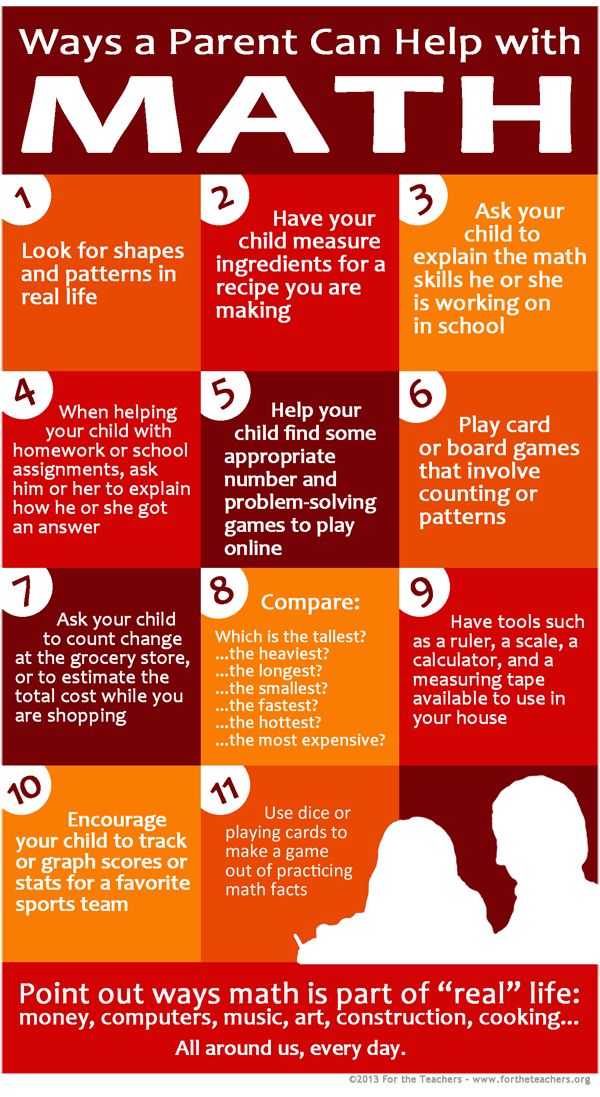
4. “I forgot what it was…”
We use working memory to keep intermediate answers in mind while solving a complex problem. Some children find this difficult. You need to keep in mind the formula, algorithm or answer of the previous action, but if the working memory is not developed, then this is difficult to do.
5. Working on mistakes
Self-control is necessary to do the correct work on mistakes or to double-check the finished homework. Let's say a child quickly finishes a math test, but doesn't come back and check their work, even though they have time. Either in his picture of the world there is no idea to double-check what has already been done, or he does not understand what kind of verification is needed in each specific case. Therefore, doing work on the mistakes will allow you to find the answer to the question of what to do if you do not understand mathematics.
We cannot cancel math lessons, but we can help your child realize how useful it is by making math problems a part of his daily life.
How to captivate a child with mathematics
How to begin to understand mathematics? Take advantage of our proven tips.
1. Connect math concepts to life. If children are explained how to apply the knowledge gained in the lessons in reality, it becomes clear to them why all this is necessary. For example, any person solves mathematical problems every day: for example, in a store.
2. Play math games. Both computer and board games perfectly train mental counting skills and reaction speed. The advantage of "tabletops" is that they can be played by the whole family.
3. Solve logic problems with a catch. For example: “There were four pears and three apples on the apple tree. How many apples grew on an apple tree? Children notice the catch and it amuses them a lot, as a result, memorization is more efficient.
4. Read entertaining books about mathematics. For younger students, Vladimir Levshin's cycle about the adventures of the Master of Scattered Sciences and his assistant Edinichka, as well as "Entertaining Arithmetic" by Yakov Perelman, is suitable.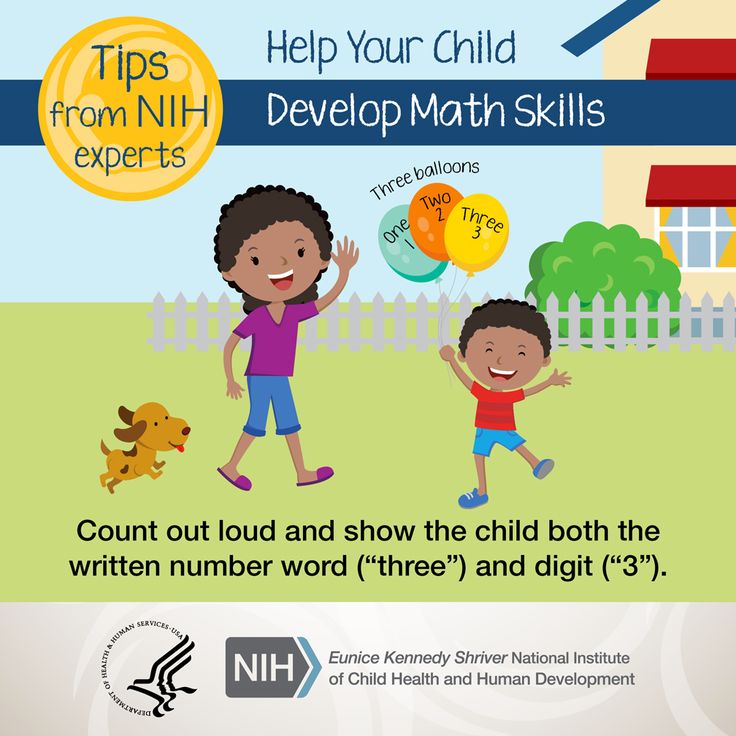
5. Participate in online math quizzes. Thanks to interesting and sometimes funny tasks, the child will understand that serious mathematics can be exciting and fun. And help him see how easy it is to fall in love with mathematics.
6. Use progressive teaching methods. For example, online simulators on the iSmart educational platform:
- interactive math tasks are fun and more like a game;
- the child will quickly understand school mathematics;
- will bring computing skills to automatism.
How to fix your grades in math
- Do a little math every day.
- Encourage your child to solve everyday problems. Regular training will help him understand why all these numbers are needed.
- Work well in every lesson.
- Pay more attention to your homework.
- Prepare carefully for tests.
Interesting: Studies have found that children aged 8 to 10 who practiced math at home for 15 minutes a day, 5 days a week, improved their performance by 60%.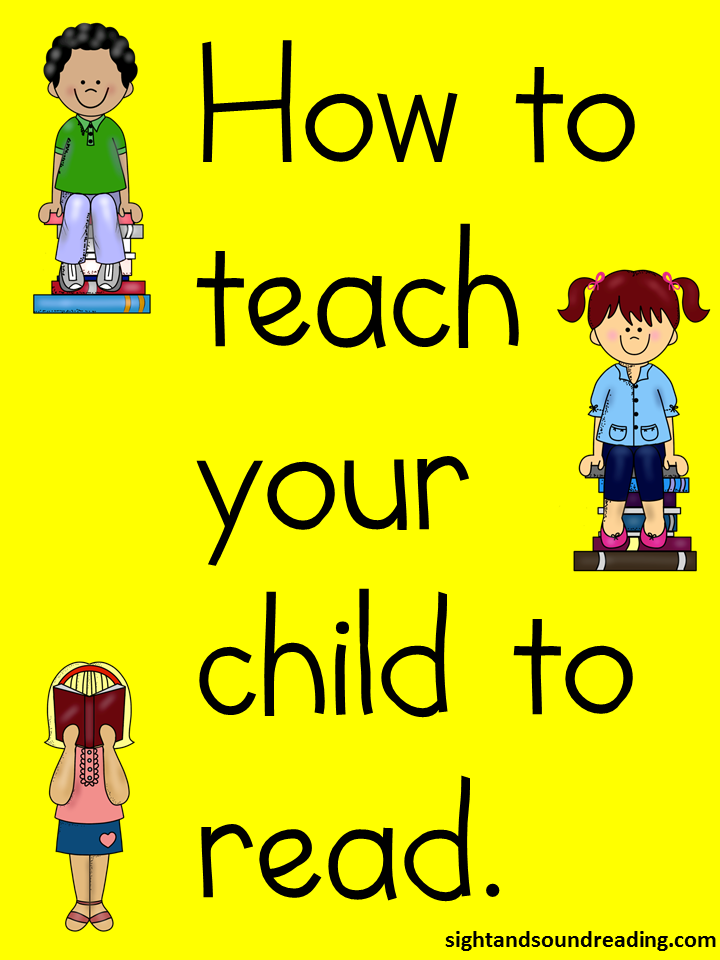 Is everything simple? Yes! And you will be able to see for yourself how to help a child with mathematics in a relatively short period of time.
Is everything simple? Yes! And you will be able to see for yourself how to help a child with mathematics in a relatively short period of time.
How to prepare for a math test
Learning how to start understanding math will help your child feel confident on tests. Here are some helpful tips to help you get through this daunting task.
1. When the teacher says that a similar task will be on the test, make a note to yourself so that you know which tasks to focus on.
2. Write down all the topics that will be on the test, and select examples and tasks from the textbook for them.
3. Learn theory in time: theorems and formulas.
4. Solve, solve, solve... The more typical tasks you complete, the better you will hone the solution algorithm.
5. Be sure to review all your notebooks in which you solved problems.
On the test:
6. First, solve simple tasks in a draft and only then proceed to more difficult ones.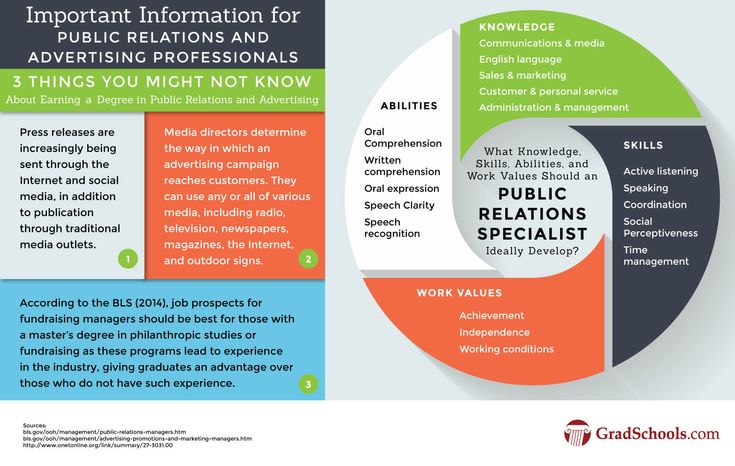
7. Describe the solution in as much detail as possible.
8. Before transferring the solution to a clean copy, double-check it.
Prepare for tests early and practice more. If you do everything right, consider that good grades are in your pocket!
It is possible to teach a child math! Start it today!
7 Ways to Help a Primary School Student with Mathematics
Let's assume that mathematics already in the elementary school of a child is going slowly, with creaking. Difficult and boring to add and subtract, not to mention something more complex. New topics do not want to fit in the head. Writer and mother of three children Ksenia Buksha tells, based on her own experience, how to help a child master mathematics.
Putting difficulties on the shelves
At the level of 1-5th grade, there are no children incapable of mathematics. But there are children with specific difficulties that can and should be overcome. Let's think about why it is difficult for a child with mathematics.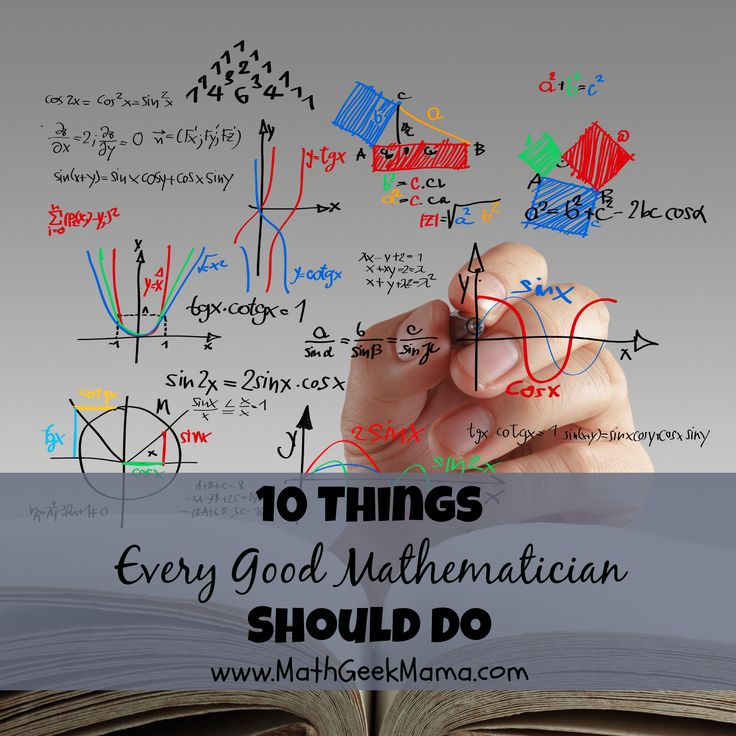
Here are the options or combinations.
- Poor counting, no counting skills. Not very familiar with numbers.
- Cannot grasp the essence of the task, hardly understands what needs to be done. Tries all options (“So wrong? Then I’ll try to divide”, “Three times more - do you need a plus or a minus here?”).
- Assimilates a template solution, but cannot refine it. Faced with the slightest change in conditions, he falls into a stupor.
- Cannot read complex texts. As a result, he does not understand either the description of the rules or the text of the task. If you explain on your fingers what needs to be done, he immediately decides normally.
- Concepts do not fit in my head. He understands them with difficulty and quickly forgets them. Such a child can hear an explanation of what x (unknown) is a hundred times, but never understand.
- Visualization skill not developed. Cannot imagine, draw a schematic picture, "see in the mind".
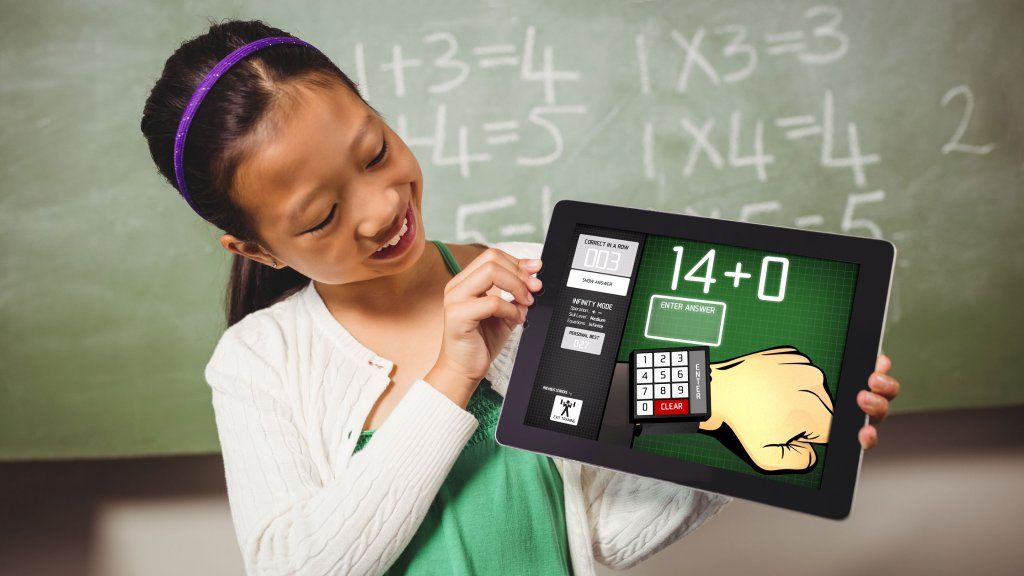
- Short attention: understands everything, but makes a lot of mistakes, especially in long complex examples.
As you can see, mathematics is decomposed into many different skills. When we figured out what the problem is, we can solve it. I apologize in advance to teachers and methodologists: I am just a parent, and my thoughts on this matter are just a private opinion, although I try to substantiate it.
We are waiting for the ability to think abstractly
The brain of a neurotypical child does not mature to abstraction and generalization far from immediately. For some it happens sooner, for others later. For example, not all children can match number and quantity. For very many, even in the 2nd or 3rd grade, there are only "15 apples", but simply "15" is not.
At the same time, they somehow get used to operating with numbers, and the gap in the basic understanding is not very noticeable until it comes to slightly more complex things.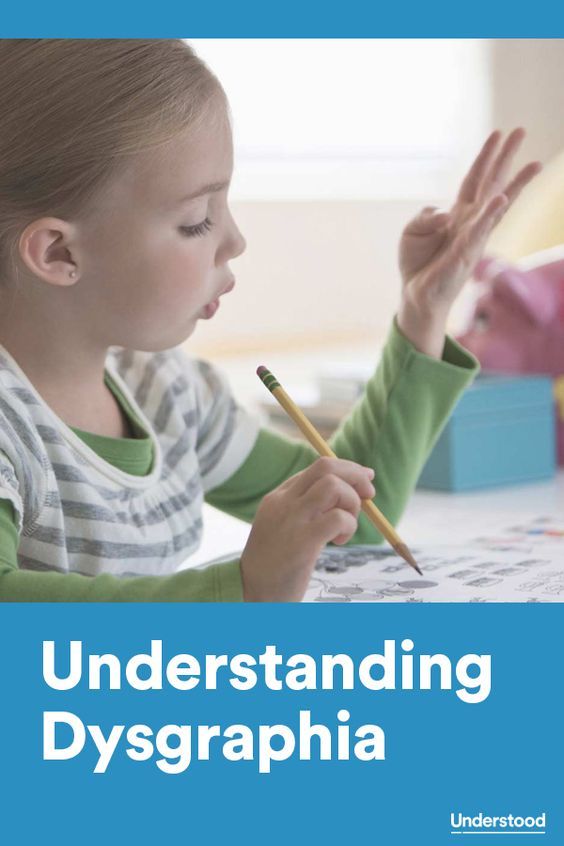 For example, it is difficult for them to understand why there cannot be “one and a half” in the answer to the question “how many diggers?”. And when percentages or tasks for speed and distance begin, it becomes quite difficult.
For example, it is difficult for them to understand why there cannot be “one and a half” in the answer to the question “how many diggers?”. And when percentages or tasks for speed and distance begin, it becomes quite difficult.
It's worth going back to the specifics. Perhaps, in order to understand fractions, for now it is necessary to pronounce “watermelons in the numerator, boys in the denominator; 21 watermelons went to 42 boys, each with half a watermelon.” Even in the fifth grade, almost all concepts can still be grounded to the point.
Developing counting skills
Just learning to count is boring. All sorts of games with numbers will help us. For starters, complicated walkers with 2-3 dice (when in one move the maximum is 18 points, not 6), then various dice games where you need to count points.
The simplest game is known to me as "one": players take turns rolling one die (or two, or three), trying to get to a hundred points. The series is interrupted when the player has at least one one: in this case, the points for this series burn out, and you need to be able to stop on time.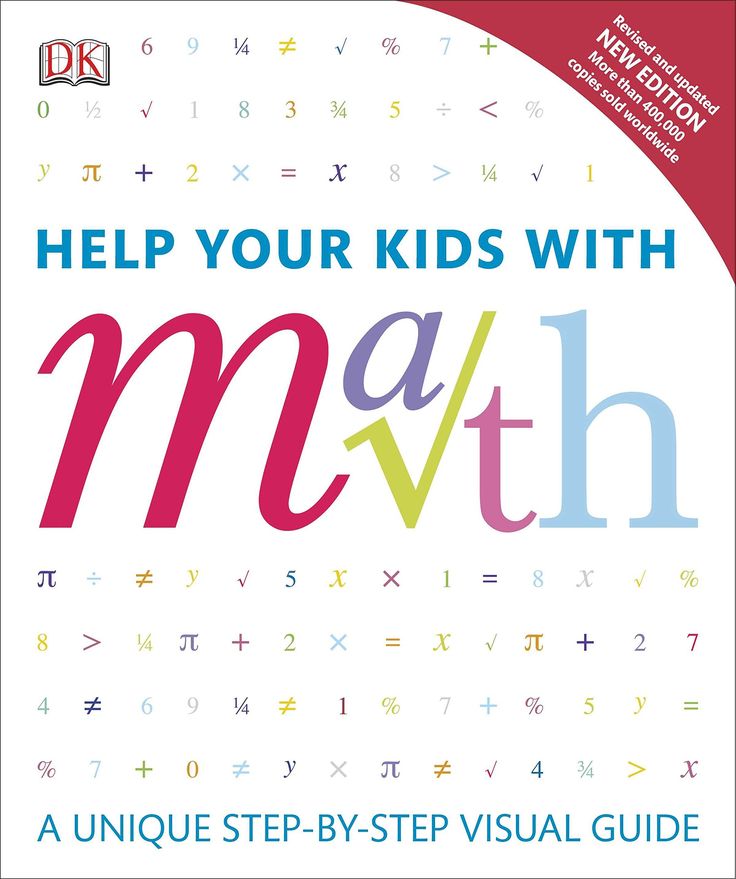
I highly recommend dice poker. In this game, there are a number of combinations, each of which must be thrown in three attempts. These attempts can be saved. Players take turns making moves, the one who completes all the combinations first wins. In addition to the simple skill of adding points, poker gradually develops a fine understanding of randomness and probability, calculated risk and odds. Even a six- or seven-year-old can learn to play such poker.
To practice division and multiplication, my daughter and I talked about numbers as "relatives". For example, the number 72 has a very large "family": he has "children" 24 and 36, there are "grandchildren" - 2, 3, 4, 6, 12, 18. But the number 37 did not get himself any "family", it is simple. But if you "marry" him with another "loner" - 41, they will get 78 together, now you can "have children and grandchildren." This helps a lot to navigate the multiplication table.
Learning to see and visually generalize the problem
In order to schematize well, one must be able to highlight exactly what is important for the condition of the problem, and schematically depict it in the picture. First, we learn to highlight the main thing. These are the famous “what is superfluous?” games, in which there may be several answers. Watermelon, stork, apricot, grapes - what is superfluous? Depending on what sign.
First, we learn to highlight the main thing. These are the famous “what is superfluous?” games, in which there may be several answers. Watermelon, stork, apricot, grapes - what is superfluous? Depending on what sign.
Peterson's textbook has wonderful problems cluttered with a bunch of unnecessary data or lacking necessary conditions. In the task, the author asks to find and highlight only those conditions that are needed for the solution, and if they are not there, to indicate what is missing. Having learned to see the task, you can move on to schematization.
Many children do not understand at all why drawing diagrams for tasks and why it is easier. This is because these schemes are ready-made. But on what basis are they built? Why, for example, does it matter how long the train itself is if it travels from A to B? How to draw "3 o'clock"? And "all the pears planted by boys"?
You can draw diagrams of different tasks together, and then invite your child to come up with similar ones.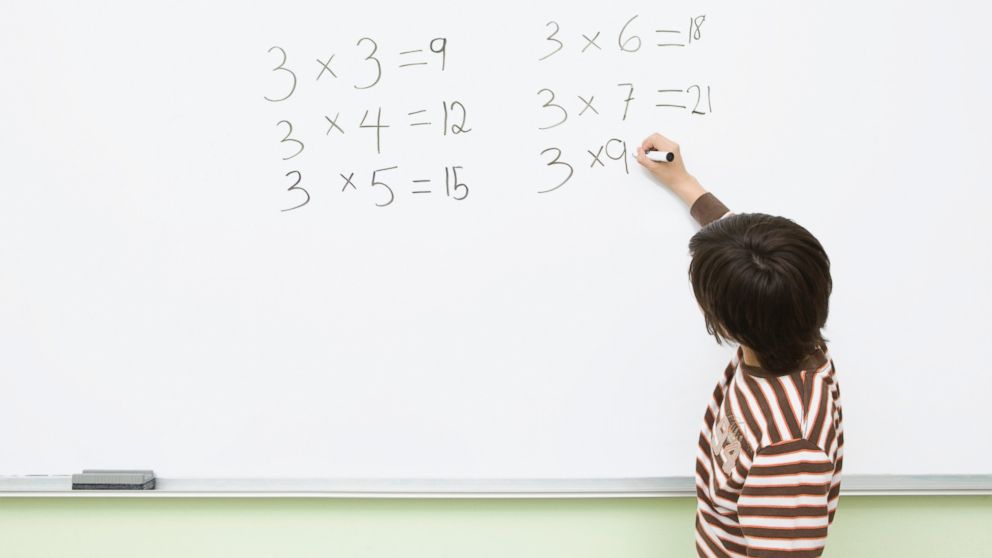 There are such tasks in textbooks, but there are few of them. For some, this difficulty generally determines all relations with mathematics, and indeed with the ordering of data, abstraction, generalization, and the search for a solution.
There are such tasks in textbooks, but there are few of them. For some, this difficulty generally determines all relations with mathematics, and indeed with the ordering of data, abstraction, generalization, and the search for a solution.
Sharpening logic
Logic is one of the tools that everyone needs. There are no people who would not be inclined to logic, there are those who have it "not set". It's like the ability to wield a screwdriver: anyone who has hands can learn. You can judge for yourself how iron-clad your logic is. I really love this wonderful test.
A person with logic cannot be confused by any propaganda or advertising, he will not be confused by an unscrupulous bank, he is much better oriented in the world around him.
With children, you can start with simple syllogisms that sometimes sound funny but lead to understanding of very important things. For example, after hearing from someone the maxim “boys don’t cry,” a child may clarify: “some or all?”
If the children do not go through the concept of a set, it is worth at least a little bit to draw "circles" with it (it is not necessary to immediately introduce all the concepts) and solve the corresponding problems: here are the boys, here are the cats, and here are those whose name is Vasya.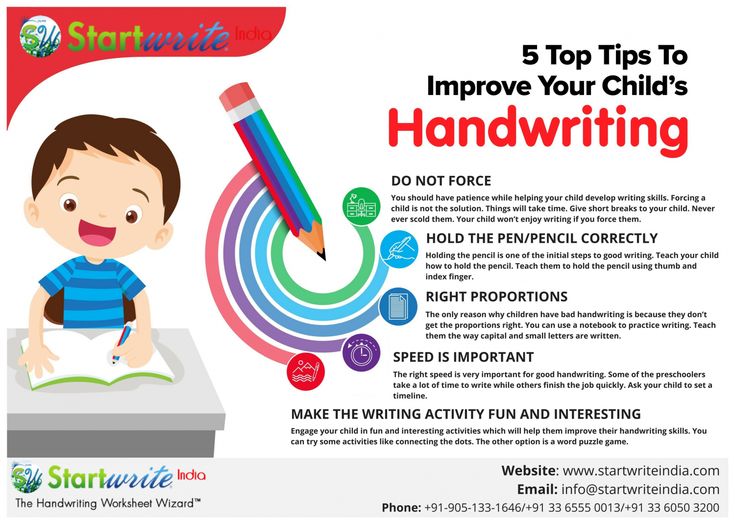 Where are the boys whose name is not Vasya? And where are the girls? Where is Barsik the cat?
Where are the boys whose name is not Vasya? And where are the girls? Where is Barsik the cat?
Imagination development
Imagination is necessary for everything related to mathematics and logic. (I don't even write "strange as it may seem" because it's not at all strange.) Especially the ability to think in images.
I really like the game in which the parent and the child take turns asking each other "graphic riddles" that do not have an exact answer. Each draws a series of incomprehensible geometric shapes or combinations thereof (a point in a triangle, a lightning bolt and a circle, several circles, tangents ...), and the other draws them in such a way that a picture is obtained. The smarter the solution, the more fun both players get.
There are many ancient and new games in which you need to add patterns from the details and fragments of an egg (Columbian egg), a square, differently colored faces of a cube (“Fold a pattern”). There are also three-dimensional sets, for example, "Pentamino". It's not about completing tasks, although all these sets can be used that way, but it's about creativity from the available details and the ability to see the image.
It's not about completing tasks, although all these sets can be used that way, but it's about creativity from the available details and the ability to see the image.
You can also cut out snowflakes, draw symmetrical butterflies and little men, invent ciphers, draw labyrinths and maps. All this is the development of mathematical imagination.
Teaching a child to isolate what specifically he does not understand (metacognition)
I have written about it more than once — both in connection with mathematics and in connection with essays. Briefly, metacognition is the ability to "understand how I think", "know what exactly I do not know", awareness of one's thought process. This is what is almost never taught in school, and sometimes even spoil the already developed ability. After all, it is assumed that there are simple and complex ways to solve a particular problem. Often this is the case, but sometimes it is much more valuable to be able to go on your own and check yourself step by step: “Is it necessary to do this? I'm right?"
Joint reasoning (and I'm not talking about mathematics) is valuable both because it brings the child and the parent closer, and because we show how the thinking process goes.